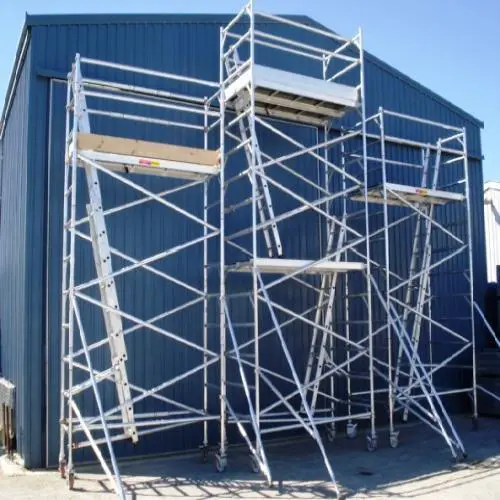
Use a body harness or a restraining belt with a lanyard attached to the boom or bucket.Do not use planks, ladders, or other devices as a working position.Do not climb on or lean over guardrails or handrails.Stand firmly on the floor of the bucket or lift platform.The presence of others in close proximity to the work.Įnsure that access gates or openings are closed.High wind and other severe weather conditions, such as ice and.Other hazardous locations and atmospheres.Overhead electric power lines and communication cables.Drop-offs, holes, or unstable surfaces such as loose dirt.Remove defective aerial lifts from service (tag out) until repairs are made.Įmployers must assure that work areas are inspected for hazards and take corrective actions to eliminate such hazards before and during operation of an aerial lift. Outriggers, stabilizers and other structures ĭo not operate any aerial lift if any of these components are defective until it is repaired by a qualified person.

Missing or unreadable placards, warnings, or operational, instructional and control markings.Fiberglass and other insulating components.Hydraulic, air, pneumatic, fuel and electrical systems.



 0 kommentar(er)
0 kommentar(er)
